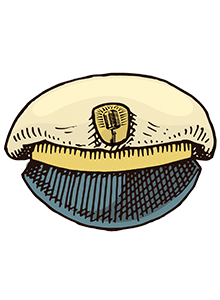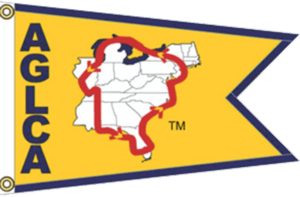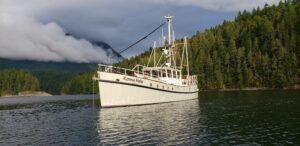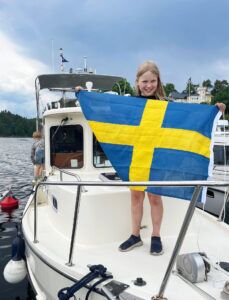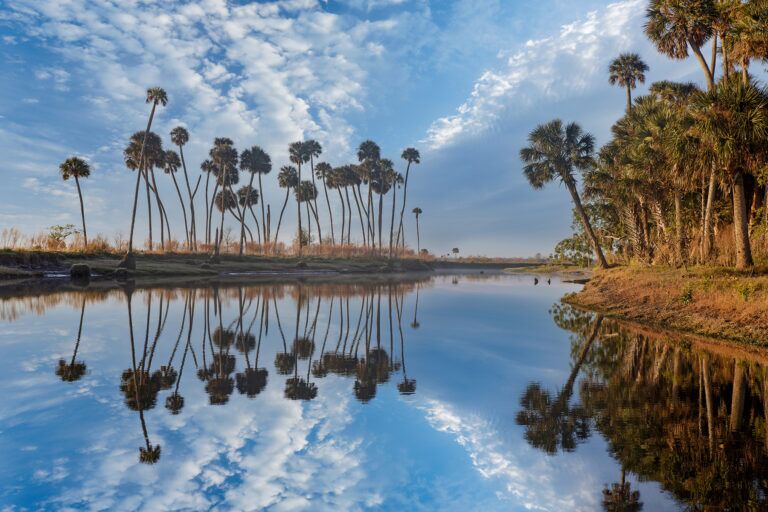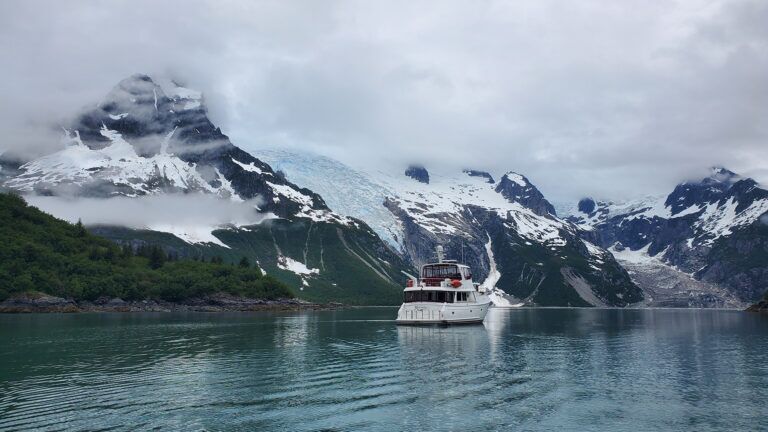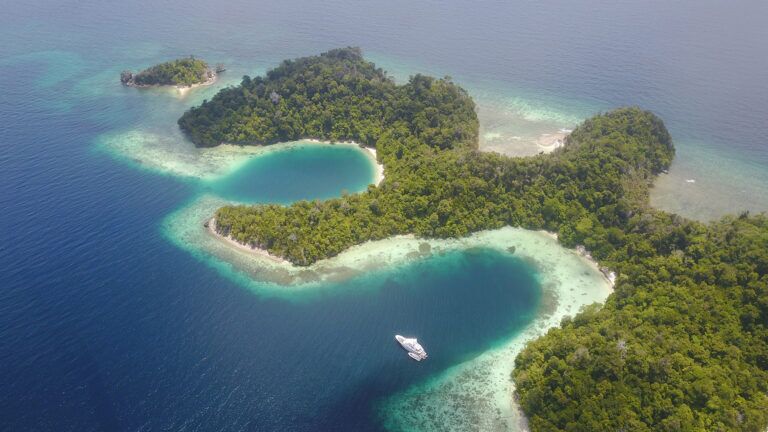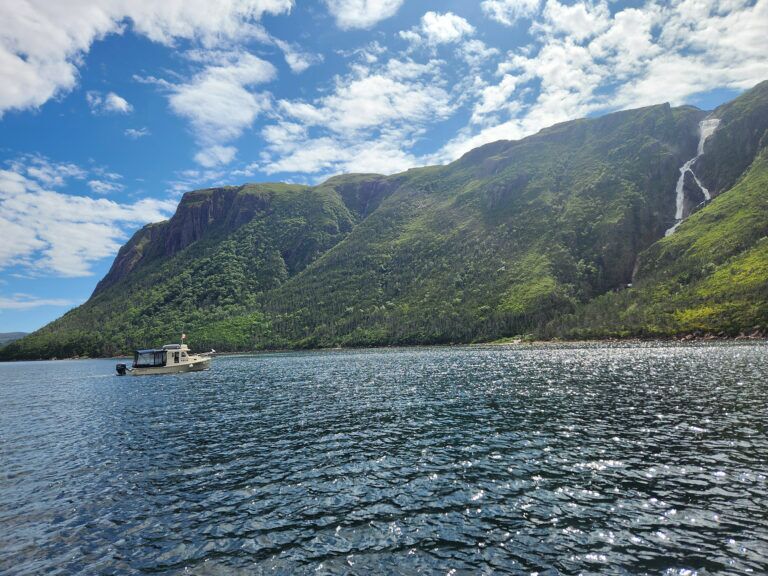It was a cruise unlike any in my 40 years of boating in the Pacific Northwest.
Usually, we seek distant places, quiet wilderness anchorages, and rugged beaches populated by hungry bears and occasionally even by wolves. I revel in the challenge of getting there.
Then along came an opportunity to cruise with a crowd in an urban area, with big city amenities nearby, flocks of people at every turn, and some events that sounded like fun. It seemed to be worth the effort.
We took my 42 Grand Banks 48 miles from its home in Anacortes, Washington, to anchor in Tod Inlet about 14 miles north of Victoria, B.C., a Canadian city that sprawls across the southern tip of Vancouver Island. Although it is a thoroughly modern community of 330,000 (in its metro area) Victoria has a compact and pedestrian-friendly waterfront business district that oozes old British atmosphere. Shoppers love it.
Many visitors tear themselves away from the shops and head for Tod Inlet and Butchart Gardens, a crowd-pulling decorative collection of flowers, shrubs, and treesalong with shops, concerts, and fireworks displayscreated over a century in a worked-out limestone quarry. Our destination was the gardens, the shops, the fireworks.
This was an end-of-summer outing planned by the Fidalgo Yacht Club of Anacortes and eight or 10 club boats were signed on for the event.
The sky was clear and the temperature was in the low 70s as we left Guemes Channel and began crossing Rosario Strait. The strait can be wicked, particularly when wind opposes current, but all we saw were gentle swells. Boating traffic was heavy, with many craft bound for the popular San Juan Islands.
We motored through the archipelago via Harney Channel and Pole Pass and rode a swift ebb out Spieden Channel to the entrance of Roche Harbor, where we spent an easy night at the Seattle Yacht Club outstation on Henry Island. From Anacortes to Tod Inlet is 48 miles, an OK days cruise, but this was to be an easy-going event and cruising partner Ellen Kaiser and I decided about half way was enough for one day.
Other overnight opportunities included anchoring in Roche Harbor or reserving a space at the resort marina. Another good option would be to cruise a couple of miles north to Stuart Island and pick up a Washington State Parks buoy in Reid Harbor. (Reid draws huge crowds of boats in the peak cruising season and I tend to overnight there only in the spring and fall. A park ranger once told me he counted 300 boats in the harbor on a beautiful July day.)
While my coffee was brewing the next morning, I called Canadian customs on the phone. Because we both hold Nexus passes we were cleared quickly and given a clearance number. As usual, the customs inspector told us we needed to stop at one of their stations for a final check by an officer. If no officer was present, and if none showed within five minutes, we were free to move on, we were told. I also had to offer an ETA.
We have made this obligatory and unnecessary run to a Canadian customs dock many times and never found an officer; the only link to officialdom has been a direct-link telephone. This time, I chose Tsehum Harbor, 1.5 miles north of Sidney on the east shore of Vancouver Island. (The harbor is better known simply as Van Isle, for the marina that operates there.) We found the customs mooring slips full and several boats were circling, crews eager to grab a space. There was no official there and a half dozen people were queued up waiting to use the government phone to check in. I decided none would come and swung Quadra in a circle and out of the harbor.
Our course took us north through a clutter of large rocks and small islands and I waved at the islet where Bill Garden, a well-known yacht designer, has lived for many years. We turned into Colburne Passage and used all eyes to watch for B.C. ferries bound for the busy terminal in Swartz Bay.
This was not a straight-line cruise. From Colburne, Quadra turned west into Satellite Channel and south into Saanich Inlet. Near the upper end of Saanich we made a slight turn into Brentwood Bay and found the entry to Tod Inlet.
I ran at dead-slow through the narrow neck leading into the bay, passing an interesting wreck of a boat on a float, and turned into the main body of Tod Inlet and thought I had found a mall parking lot on Christmas Eve. It was that crowded.
Tod is shallow, with a minimum depth of 15 to 20 feet. Thats less than I like for anchoring, but in Tod it was good because we didnt need a lot of rode and swinging distances were short. The weather was calm, but I went to bed that night and dreamed about the chaos a brisk wind might cause.
Boats launched kayaks and canoes and paddling about was good for the exercise and enjoyable because the crowd offered plenty of opportunities to stop and chat and rest up for the next leg of exploration. While we played and talked, other yachts puttered into the inlet. They kept coming and coming.
The useable area of the inlet is less than a mile long and barely an eighth of a mile wide. The first morning we counted 32 boats at anchor. Later in the day the tally was 57; the crew on a host boat told us they have counted 100 on the busiest days.
Club members provided their own picnic on the beach the first night, but on Saturday we hiked to Butchart Gardens for another picnic dinnerthis one served in baskets by the garden staff on checkered cloths spread on the grass. Earlier, we (or some of us) explored the shops and followed paths leading to stunning views of gardens spread over 55 acres. We were amazed to learn that the garden staff plants about one million bedding plants each spring to provide broad swaths of color among the perennial trees and shrubs.
Robert Butchart began mining limestone, a key ingredient of cement, in 1904. As the last of limestone was hauled from the area, his wife Jenny began carting in top soil and planting gardens that quickly became famous. The only reminder of the limestone operation is one tall chimney in the woods.
We moved on to the concert shell for a musical interlude and, by accident, to meet some Anacortes folks who had driven over for the day (a trip requiring a ferry ride across Haro Strait).
The weather had been warm all day, but as darkness fell and we settled onto blankets to watch the fireworks we congratulated ourselves for being smart enough to bring sweaters and jackets.
I lived on Seattles Lake Union for 10 years and watched some amazing fireworks launched from a barge every July 4. The Butchart fireworks were equally spectacularperhaps even a little better. We could sense the end arrivingjust as one feels the end of an orchestral arrangement nearingbut still were disappointed when it arrived and the night sky lost its brilliance.
Thunder woke me the next morning and a few rain drops fell. Our anchor was up by 0730 and we slowly, cautiously found our way out of the crowded inlet. The scene in the narrow inlet amazed me: Dozens of boats had anchored, put a stern line ashore, and were jammed together side by side.
Summing up: Although we cruised in a crowd and anchored almost rail to rail, it was a pleasant, long weekend with old friends (and some new friends we found in the inlet). The weather was a bit warm for me one day, but overall it was just right.
Butchart Gardens is extraordinary and worth repeated visits. But you dont need to endure the crowding of Tod Inlet to enjoy the gardens. Victoria Harbor has generous space for visiting boats and buses run to the gardens. Another way to see the old British city center and gardens is to moor in Sidney a few miles to the north and take a transit bus to Victoria and go for the roses from there.
I discovered that urban cruising can be fun. Dont pass up an opportunity to go boating with or in a crowd. There will be no worrying about bears or wolves on shore, either.


